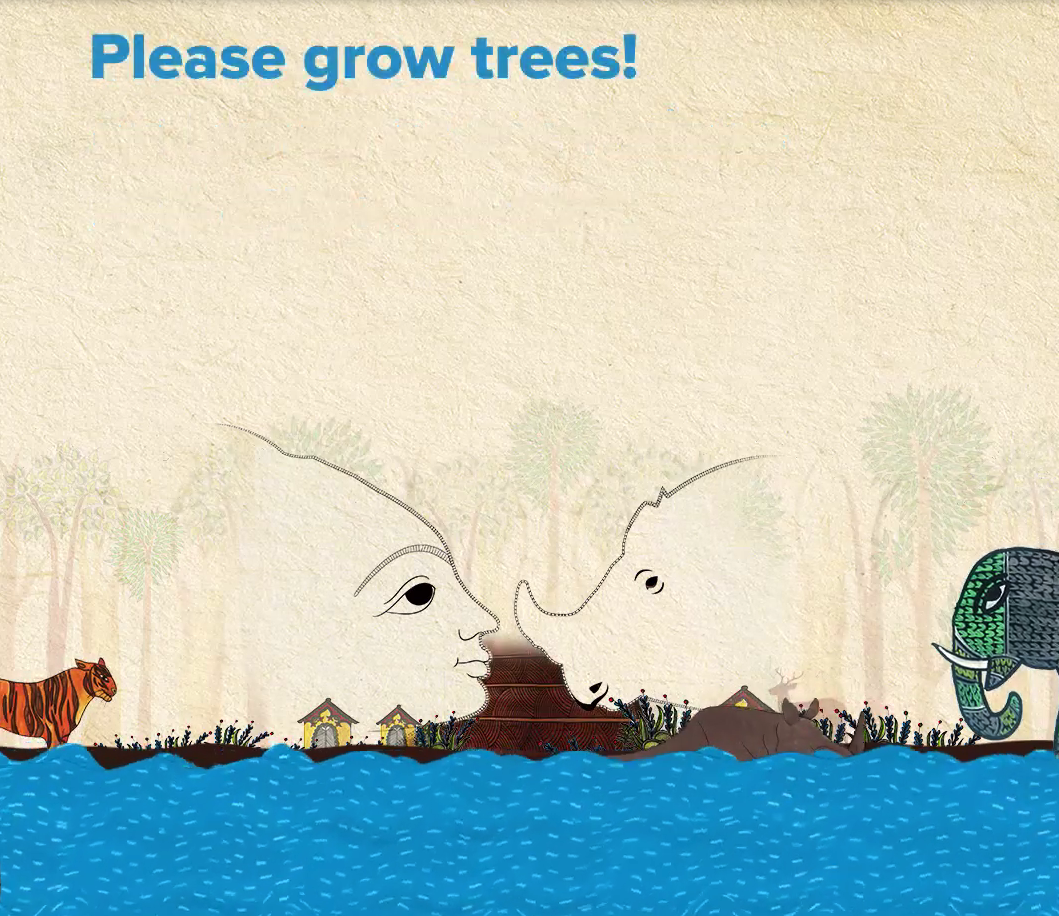Rhinos exhausted and stranded on a small piece of land surrounded by water,
deer floating for days in search of high land without food and homes being swept away….
These heartbreaking moments have become synonymous with floods in Assam.
Sadly, the Brahmaputra flows above the danger mark.In between 1950 and 2018,
the flood prone area of Assam has doubled to 49.16 million hectares with the calamity
at its peak this year. It completely submerged 95% of Kaziranga National Park, home to
the endangered one-horned rhino species. Large number of rhinos, deer and elephants
have been trapped inside the park for weeks and 17 one-horned rhinos are reportedly dead.
The toll on human life and livelihoods has also been huge, affecting agriculture and their homes.


https://www.youtube.com/watch?v=2PGptXqqDxw
Same tragedy year after year
It is no news that the increasing devastation from floods is a direct outcome of the loss of
our ecosystems. Every year, the Brahmaputra comes gushing down the slopes of Arunachal
Pradesh where unbridled deforestation has left the mountain slopes denuded and incapable
of mitigating the force of the sudden deluge. And poor urban planning like lack of drainage facilities
and inefficient embankments add to the catastrophe.
Through our work on ‘Sacred’ (Sustainable Actions for Climate Resilient Development in Majuli) in Majuli,
we had the privilege of meeting Jadav Payeng, the ‘Forest Man of India’ who has single-handedly
demonstrated how planting trees can curb the impact of flooding.
Trees are not the only solution to flooding but indeed are an important part of the holistic approach
to mitigate the damage from flooding in Assam.
This short video is our contribution to the dialogue on the urgent need to Afforest the slopes and
catchments of the Brahmaputra.

Recent Comments